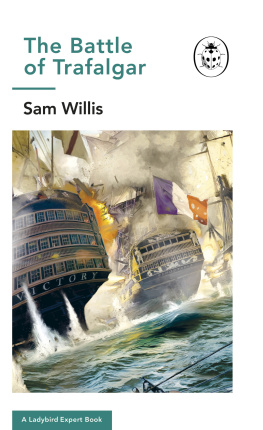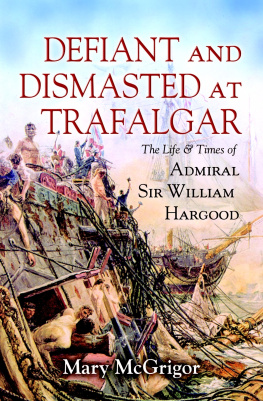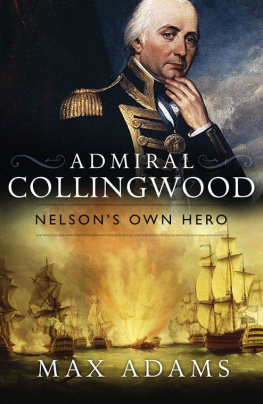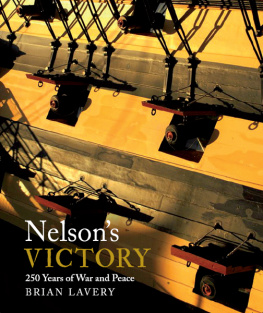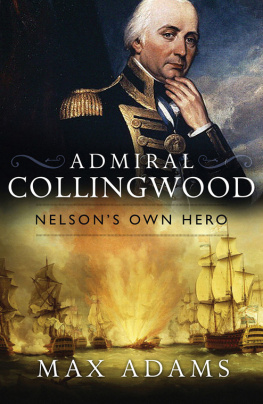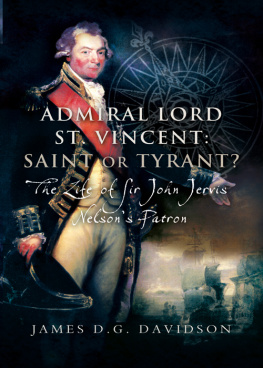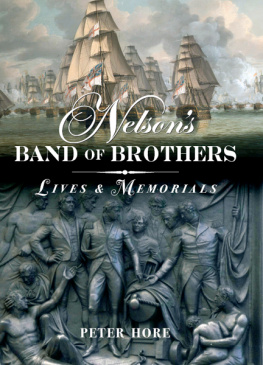For my wife Jane and
daughters Georgina and Philippa
First published in Great Britain in 2008 by
Pen & Sword Military
an imprint of
Pen & Sword Books Ltd
47 Church Street
Barnsley
South Yorkshire
S70 2AS
Copyright Denis Orde, 2008
ISBN 978 184415 7822
ISBN 9781844681648 (epub)
ISBN 9781844681655 (prc)
The right of Denis Orde to be identified as Author of this Work has
been asserted by him in accordance with the Copyright, Designs and Patents
Act 1988.
A CIP catalogue record for this book is
available from the British Library
All rights reserved. No part of this book may be reproduced or transmitted in
any form or by any means, electronic or mechanical including photocopying,
recording or by any information storage and retrieval system, without permission
from the Publisher in writing.
Typeset in Sabon by
Lamorna Publishing Services
Printed and bound in England by Biddles Ltd
For a complete list of Pen & Sword titles please contact
PEN & SWORD BOOKS LIMITED
47 Church Street, Barnsley, South Yorkshire, S70 2AS, England
E-mail:
Website: www.pen-and-sword.co.uk
Preface and Acknowledgements
Although Vice-Admiral Lord Collingwood played a pivotal role in three of the greatest sea battles of the Napoleonic wars and was a close and lifelong friend of Horatio Nelson, the hero of the nation from whom he inherited the command at Trafalgar, very little has ever been written about him, either then or now. There was, for instance, little mention of him in the Evening Chronicle or the Newcastle Courant, the newspapers of the time which were local to his home town of Newcastle upon Tyne. It is true that he was essentially a quiet, modest, rather withdrawn man which may explain, to some extent, his relative anonymity, but the better and more obvious explanation is that throughout his naval career, which was really his entire life, he served in the shadow of the more flamboyant and inspirational Nelson who had captured the imagination of the general public and upon whom it wished to lavish its attention. But it remains the case that Collingwood was a significant factor in the meteoric rise of Nelson to national fame, and a distinguished servant of the British nation.
Fortunately many of Collingwood's own letters, many written in majestic prose, have survived, thanks to Newnham, the barrister who married his elder daughter after the Admiral's death and took the surname Collingwood, for he assembled, published and so preserved many of Collingswood's letters home. But some he obviously doctored and there is no doubt that his introductory narrative is unreliably selective with an eye to public approval and possibly also in the hope of royal patronage. This collection, to which further letters were added in later editions, was augmented in 1957 by the Edward Hughes publication and, in more recent times, by the Naval Miscellany VI, chapter IV, edited by Captain Owen under the aegis of the Navy Records Society. But inevitably no letter from his earlier days in the service has survived for the family was not, of course, to know then that the correspondence of a midshipman or junior lieutenant would be much worth saving for posterity. And, of those many letters written later which have been preserved, although they provide a very valuable insight into the character of the man, it has to be allowed that an author of letters written home from distant parts reporting events of national significance may himself have written with an eye to posterity. It is clear that, when writing many of these letters, Collingwood hoped, anticipated and indeed intended that they would achieve a wider circulation, as was the case. I have drawn several of the letters cited from the Newnham Collingwood and Hughes collections accordingly but in large part I have gone, in large part to those manuscripts written by his contemporaries which I have listed in the bibliography to see how he was judged by others with whom he served in order the better to know the true man.
I am grateful to the National Maritime Museum, London, and its staff for their assistance, in particular to David Turner of the Picture Library; to Stephen Courtney, Curator of Photographs at The Royal Naval Museum, Portsmouth; to the Laing Art Gallery in Newcastle upon Tyne; to the Newcastle upon Tyne City Library; to Mark Benjamin and his always helpful staff at the Hexham Library and, as ever, to the Bodleian Library in Oxford of which I have been a member ever since my student days at the university there, and which lies at such a convenient distance from our Oxford abode..
I owe my thanks to Edgar Vincent, author of Nelson, Love and Fame, to Rear-Admiral Richard Hill, naval historian, to Colin White, deputy Director of the Royal Naval Museum at Portsmouth, to Hew Strachan, Chichele Professor of the History of War at All Souls College, Oxford University and to Timothy Norton of Whalton for their helpful general advice early on, and to Dr Vernon Armitage, formerly Master of Hild and Bede College, Durham University, the Hon. Matthew Beaumont and Tommy Bates of Langley for their constant support of my interest in the naval history of the Napoleonic years. Lord and Lady Digby of Minterne provided much valuable information surrounding the lives of Admirals Robert and Sir Henry Digby, together with generous hospitality, coupled with enthusiastic support for the work, which was much appreciated. Lord Stevens of Kirkwhelpington helpfully suggested the title for the book and Commander Jeremy Pett RN, Dr David Harte of Newcastle University, Professor Roger Ainsworth MA, D.Phil., FRAeS, Master of St Catherine's College, at Oxford University, Mrs Susan Collingwood Cameron and His Honour Judge Guy Whitburn QC, a fellow judge, gave me help in certain specific areas. Sir Hugh Blackett Bt very kindly allowed me the run of his Blackett pictures at his home near to mine in Northumberland, as did the Master and Deputy Master of Trinity House in Newcastle, Captains Shipley and Healey, for which I am grateful.
Several friends of many years provided welcome encouragement, assistance and/or contributions, amongst them, as ever, the Viscount Dilhorne, always very hospitable; Tom Bowles, at one time a barrister colleague of mine in chambers, owner of the Lady magazine and grandson of Captain Tommy Bowles; Lord Elliott DL of Morpeth who knew well the Matheson descendants of Collingwood's neighbour and friend in Morpeth; Sir Patrick Nairne MC, PC, formerly a master of a college at Oxford who had helped so much with my earlier book, Nelson's Mediterranean Command, Lord Howe of Aberavon CH QC, Sir John Campbell Orde Bt, Peter Campbell-Orde, Dr the Hon Matt Ridley and the Rt Hon Lord Justice Schiemann, a judge of the Court of Justice of the European Communities, a fellow Master of the Bench of mine at the Inner Temple Inn of Court, and a much more distinguished judge than I ever was.
An arrangement made several years ago to meet again, whilst sitting at the nearby Law Courts in the Strand, with the Dean of St Paul's Cathedral the Very Reverend Eric Evans, a friend made in student days at university, so that I could see what there was of Nelson in both the library and the crypt, was aborted by his sudden and tragic death. In contrast, my return there in recent months to photograph Collingwood's tomb was made very easy, for which I thank the Press Office at the Chapter House, the registrar and, as on so many occasions before and as ever, the Rt. Hon. The Baroness Butler-Sloss GBE, who now holds, amongst many other positions, the office of Chairman of the Advisory Council at St Paul's.


